You have no items in your shopping cart.
Wine Chassagne-Montrachet
-
Top Selling-30%
-
Top Selling-20%
-
Top Selling-20%
- -25%
- -20%
Chassagne-Montrachet, a vineyard that owes its existence to Cistercian monks.
The viticultural history of Chassagne-Montrachet is said to begin in 281 AD with the lifting of planting bans by the Emperor Probus. The Cluniac monks founded the priory of Morgeot; it was near this priory that they planted the first vines in the hamlet of Morgeot. As for the Clos Saint Jean, it is owned by the Abbey of Saint Jean d'Autun. It is with this clos that the strong reputation of the wines of Chassagne will begin and this before the year 1000.
Following the destruction of the village and vineyards of Chassagne, by the troops of Louis XI at war with the Duke of Burgundy, the monks of the Maizières Abbey would rebuild the vineyard at Morgeot. They would also own a plot of land "En Montrachet". The vineyard of Chassagne is important and several owners have plots there. However, some will prefer to let the vine work be done by the winegrowers of the village. In 1878, Chassagne added the name of its most prestigious cru, Montrachet.
At the end of the 19th century, Chassagne-Montrachet did not escape the two plagues that ravaged the world's vineyards: phylloxera and mildew. In 1933, Chassagne-Montrachet was a village where mutual aid and cohesion were very present values, notably via the "owners' and winegrowers' union". It is a place of exchange, of sharing theoretical knowledge and technical means with the aim of improving quality.
The Chassagne-Montrachet appellation was defined in 1937 by the INAO and the list of climates that could be classified as premier cru was published in 1943.
Chassagne-Montrachet produces great white wines but not only
Chassagne-Montrachet is located in the south of the Côte de Beaune between Meusault and Santenay. On the commune of Chassagne-Montrachet are produced different AOC: Chassagne-Montrachet, Chassagne-Montrachet premier cru and three grands crus which are Montrachet, Bâtard Montrachet and Criots-Bâtard-Montrachet. Of these three grand crus, only Criots-Bâtard-Montrachet is located entirely within the commune of Chassagne-Montrachet. The other two grands crus are shared with its prestigious neighbour Puligny-Montrachet. For the three grand crus, the production of white wine is exclusive.
On the other hand, for the Chassagne-Montrachet and Chassagne-Montrachet premier cru appellations, both white and red wines are produced. The Chassagne-Montrachet premier cru appellation has 55 climats including "Le Clos saint Jean", "En cailleret" and "Morgeot" to name the most famous. The geographical name "Côte de Beaune" is only valid for the red wines of the appellation.
The appellations Chassagne-Montrachet, Chassagne-Montrachet premier cru as well as the grand crus of the commune occupy an area of 343 ha. Located on the southern slope of the dry Saint Aubin valley, it separates the Grand Crus from the rest of the appellation. The Chassagne-Montrachet appellation is located on east-facing slopes.
On the upper slope, there is the Chassagne wood and a limestone quarry. On the top of the slope, the limestone slab is so compact that it is impossible for vines to grow on it. Below this slab, there are alternations of marl and more friable limestone covered by stony debris. These are terroirs of Chassagne-Montrachet premier cru blanc. When you go down the slope, you see clay soils but still with the presence of limestone and marl linked to the degradation of the upper reliefs.
At the bottom of the slopes, on the foothills the soils are deep and filtering, rich in clay. The limestone bedrock of the Côte de Nuits reappears on the terroir of the red Premier Crus of Chassagne. The marl and limestone soil is covered with clay and silt scree. The particularity of the Criots-Bâtard-Montrachet Grand Cru is its South/South-West exposure, which is unusual in the Côte-d'Or wine region.
How to recognize a Chassagne-Montrachet wine
White Chassagne-Montrachet wines have a yellow colour with green highlights. The nose is predominantly floral with notes of hawthorn, acacia and verbena. Mineral notes, hazelnut and fresh butter add complexity to this nose. Aging of this wine reveals more honeyed notes. The mouth is mellow, opulent, powerful with a sensation of fatness. The liveliness provides a nice balance on the palate.
The red Chassagne-Montrachet has a purple red dress. The nose lets evaporate notes of red fruits (cherries, morello cherries, strawberries), spicy and animal that give a nice complexity. The palate is concentrated, powerful marked by a tannic side.
In both cases they are wines for laying down. The whites can also be enjoyed in their youth.
What dish(es) to accompany your Chassagne-Montrachet?
The opulence and power of white wines will go well with white meats such as poultry or veal. Fish, lobsters and lobster can be sublimated by this wine. It can also accompany cooked foie gras.
The tannic and powerful mouthfeel of red wines accompanies grilled lamb, roast pork and poultry in curry sauce. The first growths can be matched with game birds.
The great vintages at Chassagne-Montrachet
The exposure of the Chassagne-Montrachet hillsides and their thermal advantage, give on certain cool vintages a small advantage. The following millésimes can be noted as remarkable: 1928, 1929, 1937, 1945, 1947, 1949, 1953, 1959, 1961, 1962, 1966, 1969, 1971, 1978, 2005, 2006, 2009.
The domains of Chassagne-Montrachet to discover
The Domaine Bruno Colin
The Domaine was born from the division of his parents' Domaine Michel Colin-Deleger. Bruno Colin vinified his first vintage in 2004. He exploits 8 first growths of Chassagne Montrachet including "La Maltroie" in red and white. He establishes a wine-making route that allows the wine to show its terroir of origin. It thus demonstrates the typicality of climates.The Heitz-Lochardet Estate
Estate now run by Armand Lochardet's grandson, Armand Heitz. Until 2012, the estate's vines were worked in organic viticulture by Joseph Drouin, who then bought the grapes. Since then, Armand has taken over the entire estate and carries out all the wine-making work. On these lands, he applies the principles of organic and biodynamic viticulture but he wishes to go even further by applying agro ecology or regenerative agriculture. He wines among others 5 Chassagne-Montrachet 1er cru including the famous "En Morgot".Burgundy Rosé
Burgundy-Côte-Saint-Jacques
Burgundy-Côtes-du-Couchois
Burgundy-Coulanges-la-Vineuse
Burgundy-Épineuil
Burgundy-Grand-Ordinaire
Burgundy-Hautes-Côtes-de-Beaune
Burgundy-Hautes-Côtes-de-Nuits
Burgundy-Vézelay
Crème de fruits
Criots-Bâtard-Montrachet
La Tache
Liqueur
Mâcon Supérieur
Mâcon-Bray
Mâcon-Chaintré
Mâcon-Cruzille
Mâcon-Vergisson
Mazoyères-Chambertin
Pouilly-Loché
Romanée-Saint-Vivant
Ruchottes-Chambertin
Vin de Pays de Sainte-Marie-la-Blanche
Vin de Pays des Coteaux de l'Auxois





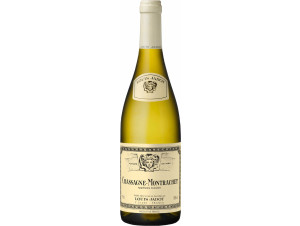



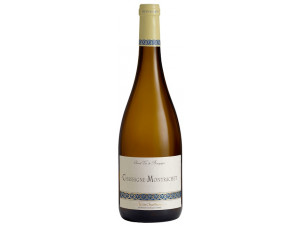



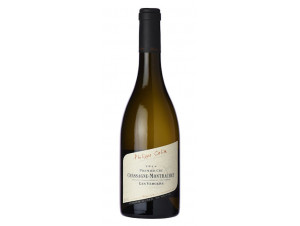
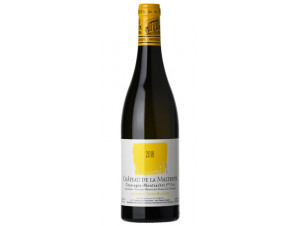
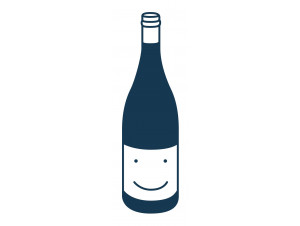





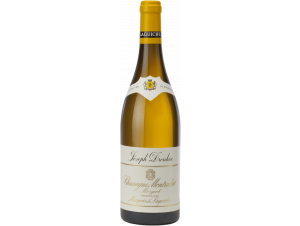
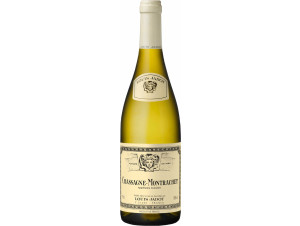








 TWIL - Achat de Vin
TWIL - Achat de Vin


